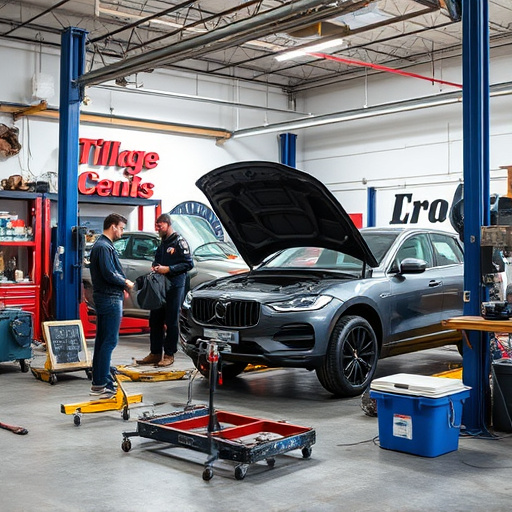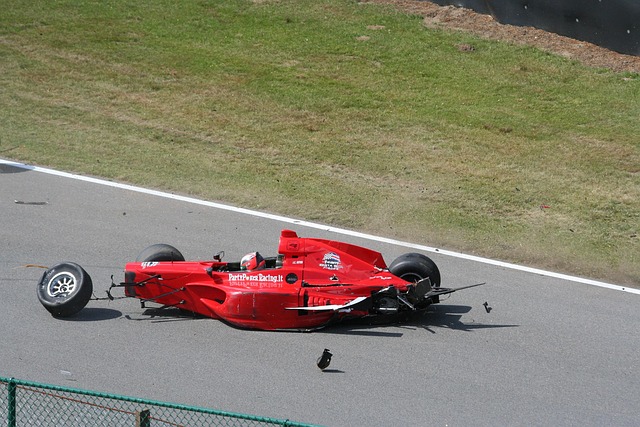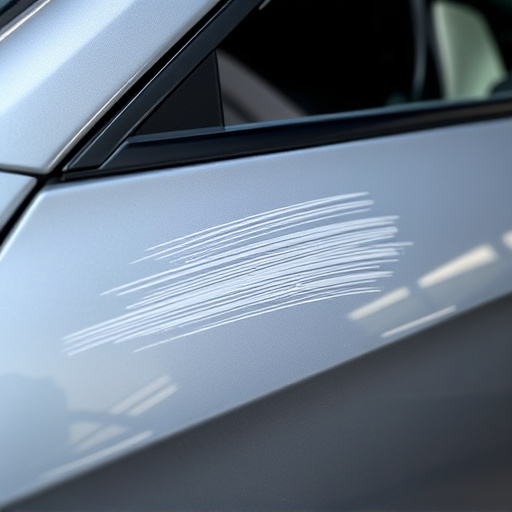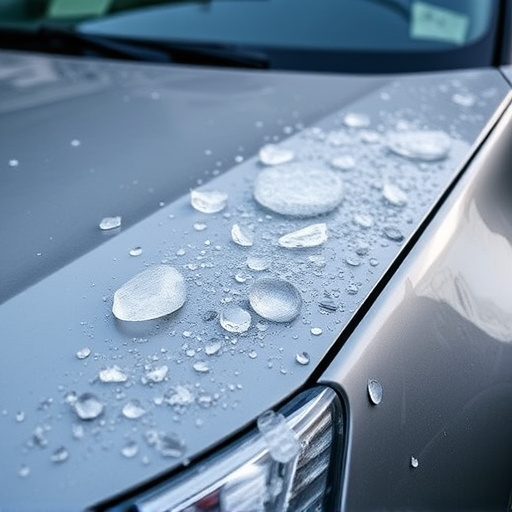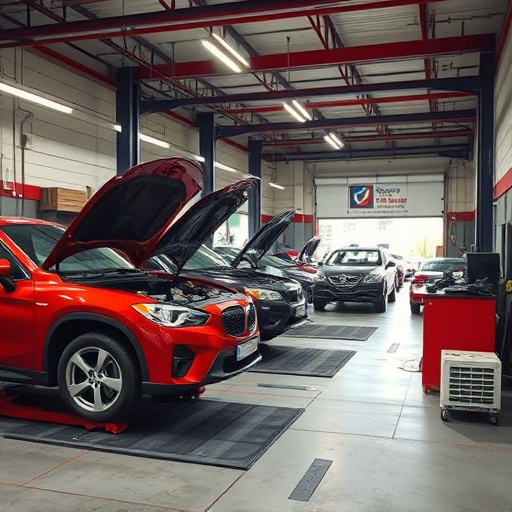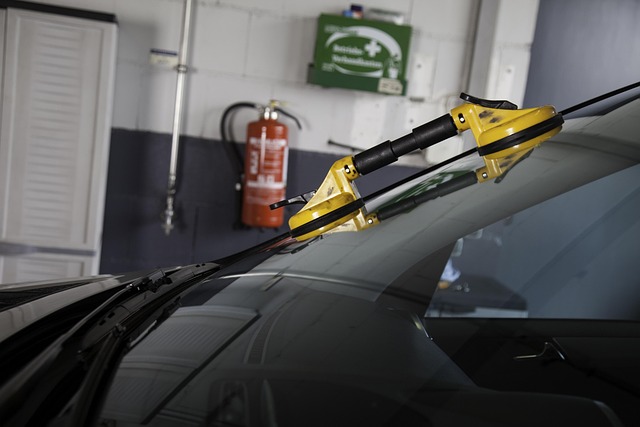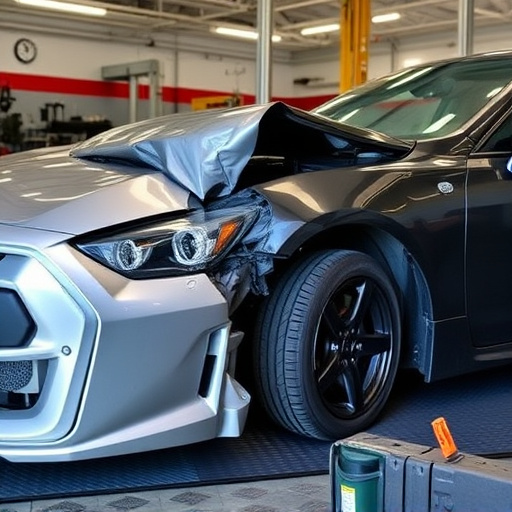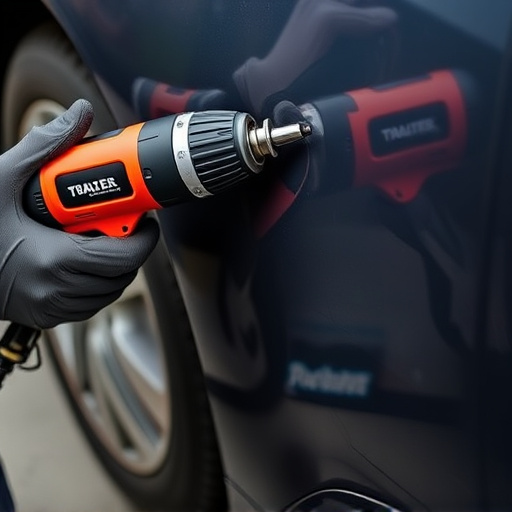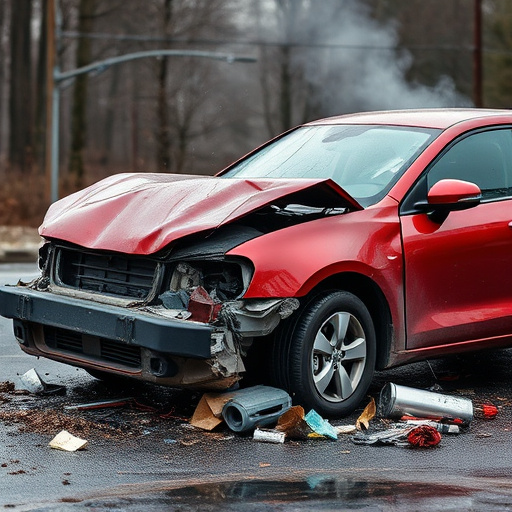Tesla's groundbreaking use of carbon fiber in automobile construction has revolutionized the industry. When damage occurs, understanding the unique properties of this composite material—made from woven carbon fibers bonded with resin—is crucial for effective repairs. Specialized techniques like resin infusion and vacuum bagging ensure that Tesla vehicles return to their pre-accident condition, preserving both safety and aesthetic appeal while maintaining the car's original craftsmanship and value.
Tesla’s innovative use of carbon fiber in their vehicle construction offers unparalleled strength-to-weight ratios, setting them apart in the automotive industry. This article delves into the art of repairing and enhancing Tesla’s carbon fiber architecture using advanced resin infusion techniques. We explore the process, tools, and benefits, providing an insightful guide for professionals and enthusiasts alike interested in understanding Tesla carbon fiber repair methods.
- Understanding Tesla Carbon Fiber Construction and Its Unique Benefits
- The Art of Carbon Fiber Repair: Techniques and Tools
- Resin Infusion for Optimal Strength and Esthetics in Tesla Vehicles
Understanding Tesla Carbon Fiber Construction and Its Unique Benefits
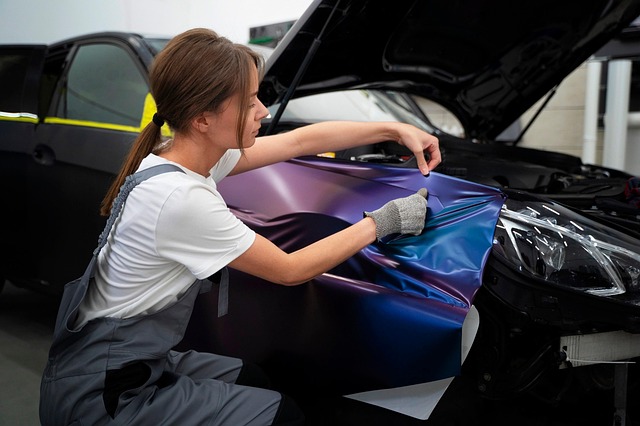
Tesla is renowned for its innovative use of carbon fiber in automobile construction, a material that has revolutionized the industry. This composite material, consisting of carbon fibers woven together and bonded with resin, offers exceptional strength-to-weight ratio, making Tesla vehicles lighter and more efficient. Carbon fiber’s unique properties also contribute to improved vehicle performance, reduced noise levels, and enhanced structural integrity. When damage occurs, whether from car accidents or minor scratches, understanding this construction is crucial for effective Tesla carbon fiber repair.
Properly repairing carbon fiber requires specialized techniques tailored to this material. Unlike traditional metal repairs, carbon fiber damage often involves more than just fixing the surface. It may necessitate infusing fresh resin into the damaged area to match the original structure and strength. This process demands precision and expertise to ensure the repaired section aligns with Tesla’s rigorous standards, maintaining both the vehicle’s aesthetics and structural integrity for many miles to come, effectively addressing any concerns about car damage repair or vehicle paint repair.
The Art of Carbon Fiber Repair: Techniques and Tools

The art of Tesla carbon fiber repair is a meticulous process that demands precision and expertise. Carbon fiber, renowned for its lightweight strength, is a favorite material in modern car manufacturing, including Tesla vehicles. When damage occurs, whether from a vehicle collision or regular wear and tear, specialized techniques are required to restore the car’s original beauty and structural integrity.
Skilled technicians employ advanced tools and methods such as resin infusion and vacuum bagging for precise repairs. Resin, when combined with carbon fiber reinforcement, creates a composite material that matches the strength and aesthetics of the original. This technique is particularly effective in fixing complex car damage repair, ensuring seamless integration and a superior finish. Tesla car bodywork services that utilize these modern methods can restore vehicles to their pre-accident condition, enhancing safety and aesthetic appeal.
Resin Infusion for Optimal Strength and Esthetics in Tesla Vehicles

Resin infusion is a groundbreaking technique that has revolutionized Tesla carbon fiber repair, offering both exceptional strength and enhanced esthetics for vehicle owners. This advanced process involves carefully infusing resin into carbon fiber composites, filling in any damaged areas or gaps to create a seamless, robust structure. The precision of this method ensures that the repaired area not only matches the vehicle’s original strength but also its sleek, modern design—a significant advantage over traditional car body repair methods.
By employing resin infusion, Tesla vehicles can undergo repairs for dents and other minor damage without compromising their overall integrity or aesthetics. This technique is particularly valuable for high-performance cars like Teslas, where both structural soundness and visual appeal are paramount. It allows for efficient vehicle dent repair while preserving the car body’s original craftsmanship, making it a preferred choice for those seeking top-tier repairs that maintain the vehicle’s value and appearance as close to new as possible.
Tesla’s innovative use of carbon fiber in their vehicle construction offers unparalleled strength-to-weight ratios, a key factor in their superior performance. When damage occurs, understanding and mastering specific repair techniques like resin infusion is crucial for restoring both the structural integrity and aesthetic appeal of Tesla vehicles. By employing advanced methods such as these, specialized technicians ensure that each repaired panel not only matches the original specifications but also contributes to the iconic design and cutting-edge technology that define Tesla automobiles.
